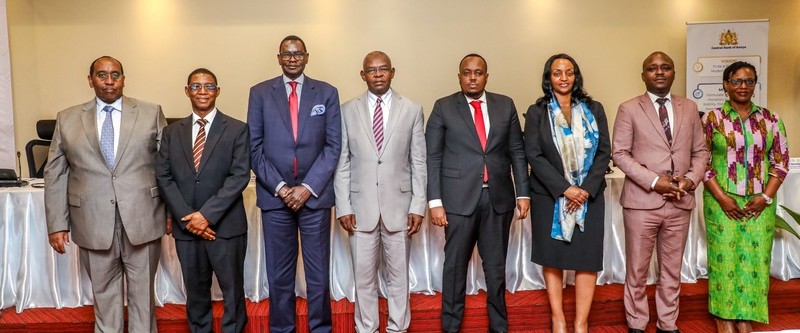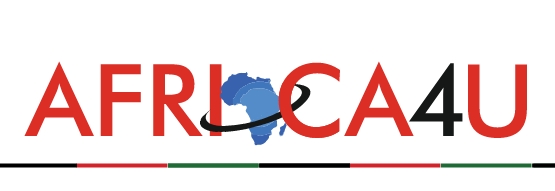(3 Minutes Read)
In a pivotal move aimed at reshaping the financial landscape of the East African Community (EAC), central bank governors from member states convened in Mombasa for the 28th Joint Meeting on Monetary Affairs. Notably, this marked the first participation by central bank representatives from Somalia and the Democratic Republic of Congo, following their countries’ recent entry into the EAC.
The high-level meeting focused on modernising regional monetary frameworks and culminated in the endorsement of the EAC Cross-Border Payment System Masterplan—a strategic initiative designed to streamline and reduce the cost of cross-border transactions across the region.
“The governors considered and adopted the Masterplan, which outlines strategic initiatives for the modernisation and integration of payment systems in the EAC region,” read an official communiqué.
The Masterplan lays out a phased roadmap for transforming the payment ecosystem in the EAC, structured around four core pillars: governance, infrastructure, inclusivity, and capacity building. It seeks to address persistent challenges such as fragmented regulations, high transaction costs, low interoperability, and limited financial inclusion.
Implementation Phases:
- Short-term (1–2 years): Regulatory harmonisation, foundational infrastructure upgrades, and capacity-building initiatives.
- Medium-term (3–5 years): Achieving full interoperability across national systems and launching a regional instant retail payment switch.
- Long-term (5+ years): Advancing integration with global financial systems and adopting emerging technologies.
To boost macroprudential oversight and risk management, the governors also agreed to strengthen cross-border cooperation through enhanced data sharing. A new Memorandum of Understanding was approved, enabling EAC members to coordinate more effectively on financial crisis preparedness, management, and recovery.
Despite recent global economic shocks, the committee noted that the EAC region has shown relative resilience. In 2024, several member states experienced strong GDP growth, driven by robust performance in agriculture, services, mining, and oil sectors. However, a few economies faced setbacks due to both global and domestic challenges.
Read Also;
Looking ahead, the EAC’s economic outlook remains positive, with real GDP projected to grow by 5.8% in 2025, outpacing global and Sub-Saharan averages. This growth is expected to be underpinned by strong sectoral performance and continued macroeconomic stability.
Nevertheless, the committee cautioned against several downside risks, including global trade tensions, geopolitical instability, and climate-related vulnerabilities.





